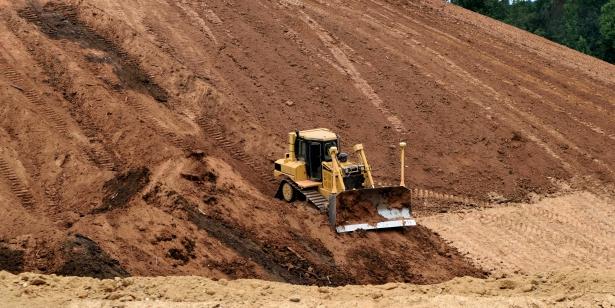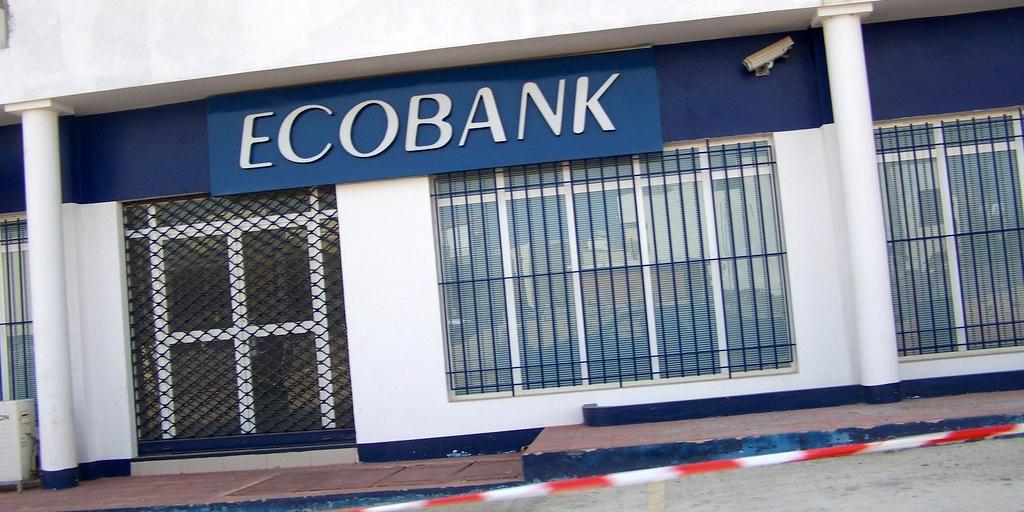South Africa has seen a 40% increase in load shedding – and it’s set to get worse
- 08 June 2022 / News / 454 / Fares RAHAHLIA

The Council for Scientific and Industrial Research (CSIR) has published its annual statistics on power generation in South Africa for 2021, providing a breakdown of load shedding over the period.
The data shows 2021 overtook 2020 as the most intensive load shedding year yet, based on the upper limit of power lost, with 2,521GWh lost over the 12 month period.
This is a 40% increase compared to the upper limit last in 2020 (1,798GWh). The number of hours spent load shedding has also seen an increase, jumping to 1,169 hours in 2021 compared to 859 in 2020.
The CSIR’s data shows the majority of the load shedding seen in 2021 was concentrated in October and November, with stage 2 load shedding the most common type of power cut introduced. These two months were notable in that they also saw the most stage 3 and stage 4 load shedding.
More concerning than the country’s load shedding statistics is Eskom’s declining Energy Availability Factor (EAF). This is is the percentage of maximum energy generation that the utility is capable of supplying to the electrical grid, limited only by planned and unplanned outages.
The data points to a declining trend in 2021 to an average EAF 61.8%, with unplanned outages an increasingly ‘worrying’ component of the outages, the CSIR said.
2022 set to break records
While Eskom has not announced load shedding since the end of May, data shows South Africa is still headed for a record year of power cuts.
There were 1,054 gigawatt hours cut through the first fourth months of the year to April versus 2,521 GWh in the entire year earlier.
At the group’s quarterly media briefing in March, Eskom presented three scenarios for the period 1 April 2022 to 31 March 2023. These were:
- The base scenario of 10,000MW to 12,000MW of generating capacity being unavailable;
- A second scenario of 12,000MW to 13,500MW being offline and;
- The worst-case scenario of 13,500MW to 15,000MW going down.
In the worst-case scenario presented by the power company, South Africa would experience 295 days of load shedding over the period. In May, it projected 22 days of load shedding, not going beyond stage 2.
The reality, however, is that May alone saw 25 days of load shedding, with power cuts hitting as high as stage 4.
The utility is reportedly hosting a ‘crisis summit’ in June, where it plans to meet with experts and international investors to look for a way to mitigate the rolling blackouts. A plan is expected to reach the government by August.
source: businesstech
 English
English
 français
français
 العربية
العربية







